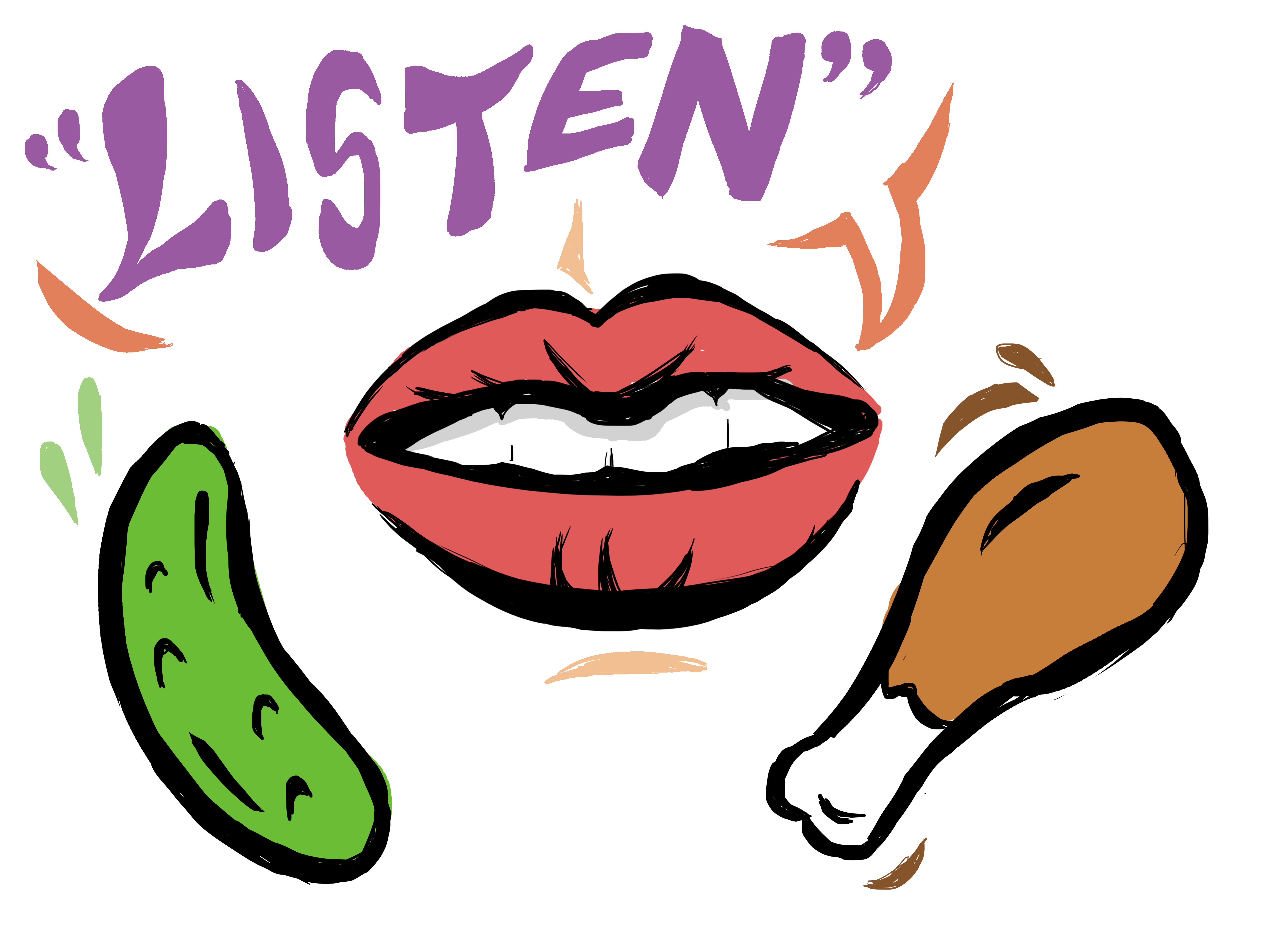Recently, a video with a noticeably peculiar title emerged in my YouTube recommendations: “Jake Gyllenhaal Explores ASMR with Whispers, Bubble Wrap, and a Camera,” courtesy of W magazine. The video is two minutes long, and it features actor Jake Gyllenhaal making endearingly self-deprecating jokes while popping bubble wrap.
Beyond my love of Jake Gyllenhaal, stumbling upon this video signalled something significant to me. Its very existence confirms a truth which we all must acknowledge in 2018: ASMR is mainstream.
By this point, there is a good chance that you have encountered videos featuring people chewing, whispering, or making weird sounds with their mouths while staring directly into a camera, all ostensibly in the interest of helping viewers to relax.
ASMR, short for “autonomous sensory meridian response” — a nonscientific term — is described as a tingling-like sensation felt on the scalp, neck, or back, commonly triggered by distinct stimuli. Since the term was coined in 2010, the internet has seen a precipitous increase in the sharing of content that is intended to trigger ASMR.
This may entail the notorious chewing and mouth sounds, but there is a vast set of stimuli that is reported to bring on the tingles in different people. Many videos cater specifically to role-playing certain scenarios that trigger ASMR. One popular example is the scenario where you’re getting a haircut at a barbershop or hair salon.
For most people, ASMR as a concept remains inscrutable. It is confusing at best, repugnant at worst. Last month, when a video about ASMR from Great Big Story came up on my Facebook feed, a quick scroll through the comments confirmed as much. “These sounds make my skin crawl,” wrote one user. “Having to listen to this is what nightmares are made of,” said another.
However, despite the haters, ASMR’s online community is as active as ever. Searching for “ASMR” on YouTube returns nearly 12 million results, and the most popular ASMR video creators, or “ASMRtists,” often rack up over a million subscribers.
I’ve been experiencing ASMR since I was a kid. I assumed it was a fact of life for everybody, until I happened to mention it to a friend in high school “Hey, you know when you’re watching someone fill out paperwork and you get this feeling on the back of your head like bubbles popping?” I asked, to which she responded with bewilderment: “Um, no?” I made no attempt to investigate it again.
A few years later, though, This American Life covered the topic, and suddenly I realized that this was, indeed, a thing. But even though I understood where ASMRtists and their viewers were coming from, it was still undeniably a weird thing. Watching ASMR videos felt voyeuristic and unsavoury.
That ASMR is a kink or fetish is a common misconception. But if you’ve never felt it, it’s virtually impossible to explain. It gives rise to relaxation, but it’s not exactly the same as relaxation. It’s kind of like goose bumps, but different.
As a consequence, those who haven’t experienced ASMR often erroneously map it onto feelings they do understand — usually sexual arousal. But for the vast majority of its viewers, ASMR is all but incompatible with eroticism.
“Take my word for it,” said reporter Andrea Seigel in her segment on This American Life, “there’s nothing sexual about the feeling itself, because it’s actually the opposite of arousal. The [tingles] produce a thorough calm that is almost stoner-like.”
So far, a handful of researchers have attempted to study ASMR, both to better understand why it occurs and also how it might be applied clinically. Anecdotally, many ASMR community members have reported that it helps them deal with depression and anxiety. A 2015 survey also found that some people use it to handle chronic pain, and more use it to help them sleep. The research is still in the very early stages, but with popular interest in ASMR at an all-time high, academic interest is sure to increase in kind, meaning there may be more studies waiting in the wings.
If ASMR isn’t your thing, that’s cool. I get it. But before you bash it, consider that, as bizarre as it may seem, it can be a powerful source of positivity for many. As the saying goes, one man’s trash is another man’s whispered unboxing video.


